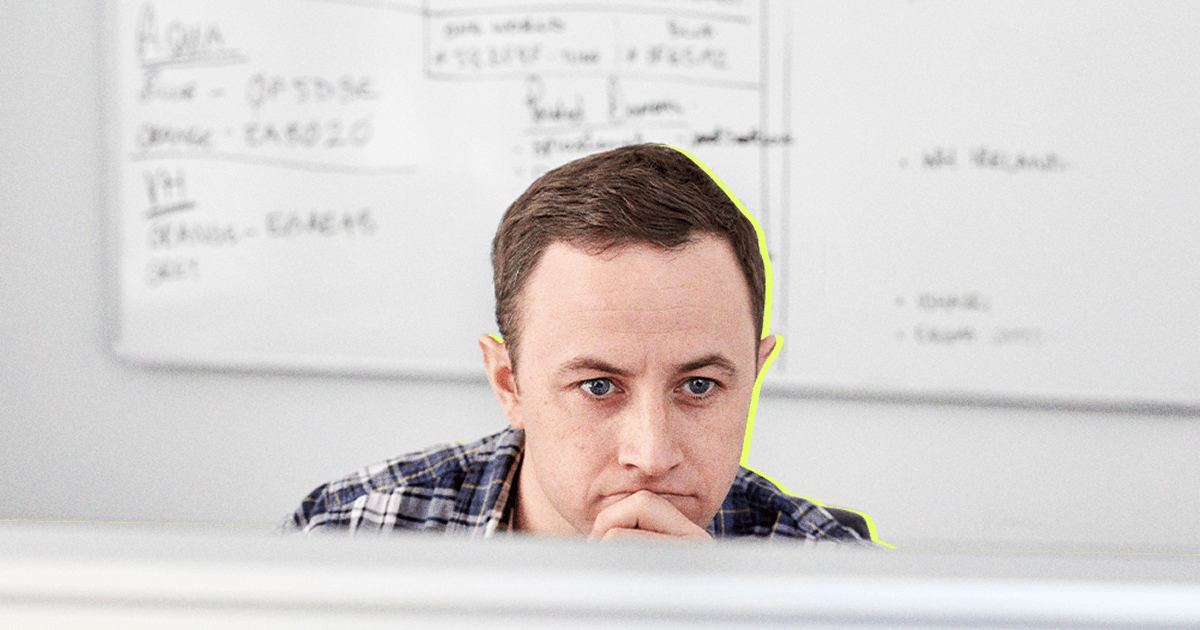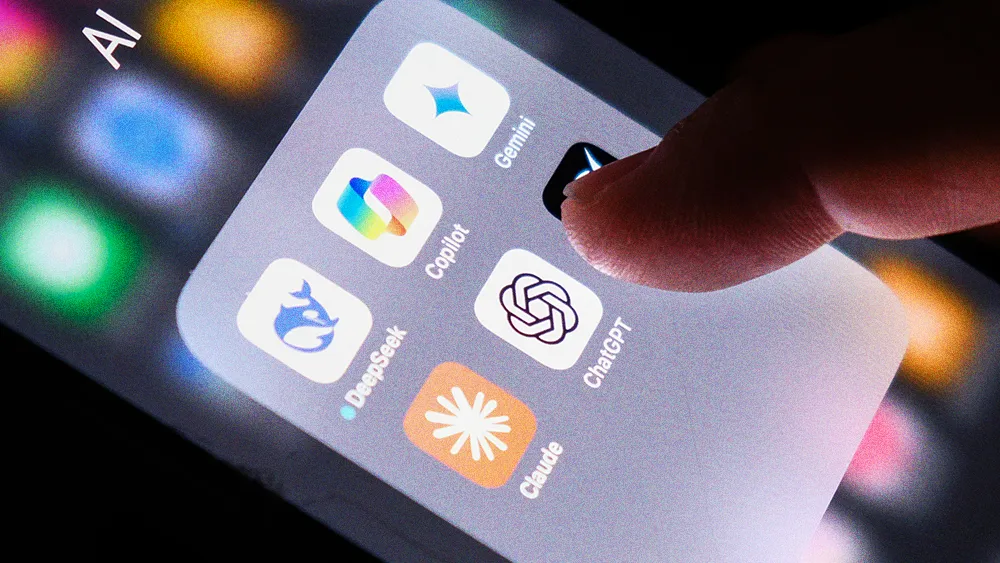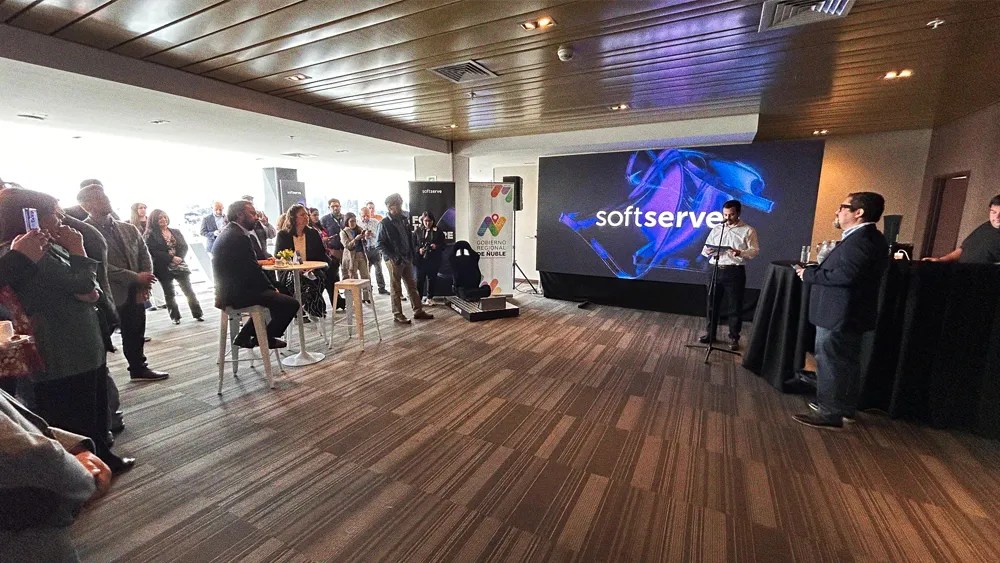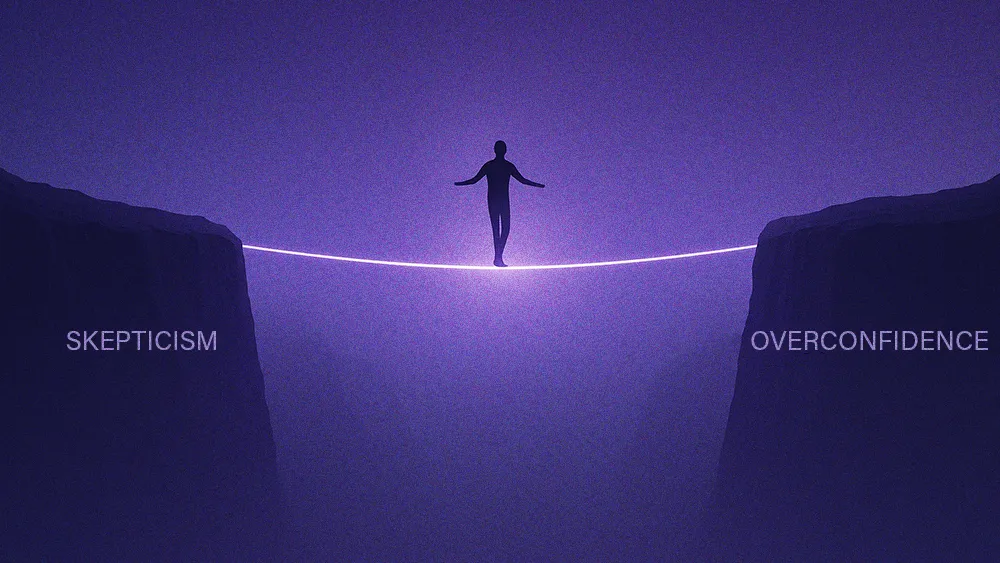New Microsoft and Carnegie Mellon survey suggests cognitive decline from AI over-use

Key Points
Concerns over Generative AI’s impact on critical thinking and systemic risks are prompting a shift from uncritical adoption to mindful use.
Research from Microsoft and Carnegie Mellon indicates that overreliance on GenAI tools may weaken problem-solving skills, while active use can enhance critical thinking.
The GenAI sector is transitioning from a “gold rush” phase to one focused on governance and managing potential negative outcomes.
The initial frenzy surrounding Generative AI is giving way to a necessary hangover, as the hard work of managing its real-world consequences begins. Recent research flagging cognitive risks and a stark government report on systemic dangers, signal that the era of uncritical adoption is over, with a more mindful approach demanded from users and developers alike.
Cognitive costs emerge: Concerns about GenAI’s impact on human thinking gained traction following a study by Microsoft Research and Carnegie Mellon University scientists earlier this year. Surveying knowledge workers, the researchers found a correlation suggesting that higher confidence in GenAI tools was associated with less critical thinking, while higher self-confidence in one’s own abilities correlated with more critical engagement.
The study indicated a shift where workers increasingly focus on overseeing and verifying AI outputs rather than executing tasks directly, potentially weakening independent problem-solving skills over time. However, as Discover Magazine noted, the picture is complex; experts suggest the impact depends heavily on how individuals use the tools, with some research indicating potential benefits for critical thinking when AI is used actively and consciously, particularly in educational settings.
Systemic risks flagged: Beyond individual cognition, broader operational and societal risks are coming into focus, underscored by a recent technology assessment from the U.S. Government Accountability Office. The federal watchdog pointed to significant, often underreported, environmental costs, noting GenAI’s heavy use of energy and water resources and the general lack of detailed reporting from developers.
The GAO also outlined key human-centric risks, including the potential for unsafe AI systems generating inaccurate or harmful content, security vulnerabilities that could expose sensitive data, and privacy compromises stemming from the vast datasets AI models require.
Transparency takes center stage: A recurring theme in both the cognitive study and the GAO assessment is the challenge posed by limited transparency. The GAO explicitly stated that the rapid evolution of GenAI and the lack of disclosure of key technical information by private developers make definitive risk assessments difficult. This echoes findings from the Microsoft/CMU study, where researchers suggested future GenAI tools could benefit from features that explain AI reasoning or help users gauge output reliability, facilitating more informed critical engagement rather than blind reliance.
The current reality often forces users into a reactive mode of verification, a necessary but potentially skill-eroding task when the underlying processes remain opaque.
From gold rush to governance: Taken together, these developments suggest the GenAI landscape is moving beyond its initial “gold rush” phase, entering a period demanding greater governance and user agency. The potential for both cognitive deskilling and systemic failures necessitates a recalibration – a shift from purely celebrating capabilities to proactively managing consequences.
While figures like Bill Gates foresee AI transforming expertise and labor, the immediate task involves navigating the friction points revealed by early adoption. Successfully integrating these powerful tools appears less about passive acceptance and more about fostering mindful interaction, demanding transparency from developers, and establishing robust frameworks, like those suggested by the GAO, to mitigate the inherent risks.
Related articles
TL;DR
Concerns over Generative AI’s impact on critical thinking and systemic risks are prompting a shift from uncritical adoption to mindful use.
Research from Microsoft and Carnegie Mellon indicates that overreliance on GenAI tools may weaken problem-solving skills, while active use can enhance critical thinking.
The GenAI sector is transitioning from a “gold rush” phase to one focused on governance and managing potential negative outcomes.
The initial frenzy surrounding Generative AI is giving way to a necessary hangover, as the hard work of managing its real-world consequences begins. Recent research flagging cognitive risks and a stark government report on systemic dangers, signal that the era of uncritical adoption is over, with a more mindful approach demanded from users and developers alike.
Cognitive costs emerge: Concerns about GenAI’s impact on human thinking gained traction following a study by Microsoft Research and Carnegie Mellon University scientists earlier this year. Surveying knowledge workers, the researchers found a correlation suggesting that higher confidence in GenAI tools was associated with less critical thinking, while higher self-confidence in one’s own abilities correlated with more critical engagement.
The study indicated a shift where workers increasingly focus on overseeing and verifying AI outputs rather than executing tasks directly, potentially weakening independent problem-solving skills over time. However, as Discover Magazine noted, the picture is complex; experts suggest the impact depends heavily on how individuals use the tools, with some research indicating potential benefits for critical thinking when AI is used actively and consciously, particularly in educational settings.
Systemic risks flagged: Beyond individual cognition, broader operational and societal risks are coming into focus, underscored by a recent technology assessment from the U.S. Government Accountability Office. The federal watchdog pointed to significant, often underreported, environmental costs, noting GenAI’s heavy use of energy and water resources and the general lack of detailed reporting from developers.
The GAO also outlined key human-centric risks, including the potential for unsafe AI systems generating inaccurate or harmful content, security vulnerabilities that could expose sensitive data, and privacy compromises stemming from the vast datasets AI models require.
Transparency takes center stage: A recurring theme in both the cognitive study and the GAO assessment is the challenge posed by limited transparency. The GAO explicitly stated that the rapid evolution of GenAI and the lack of disclosure of key technical information by private developers make definitive risk assessments difficult. This echoes findings from the Microsoft/CMU study, where researchers suggested future GenAI tools could benefit from features that explain AI reasoning or help users gauge output reliability, facilitating more informed critical engagement rather than blind reliance.
The current reality often forces users into a reactive mode of verification, a necessary but potentially skill-eroding task when the underlying processes remain opaque.
From gold rush to governance: Taken together, these developments suggest the GenAI landscape is moving beyond its initial “gold rush” phase, entering a period demanding greater governance and user agency. The potential for both cognitive deskilling and systemic failures necessitates a recalibration – a shift from purely celebrating capabilities to proactively managing consequences.
While figures like Bill Gates foresee AI transforming expertise and labor, the immediate task involves navigating the friction points revealed by early adoption. Successfully integrating these powerful tools appears less about passive acceptance and more about fostering mindful interaction, demanding transparency from developers, and establishing robust frameworks, like those suggested by the GAO, to mitigate the inherent risks.




